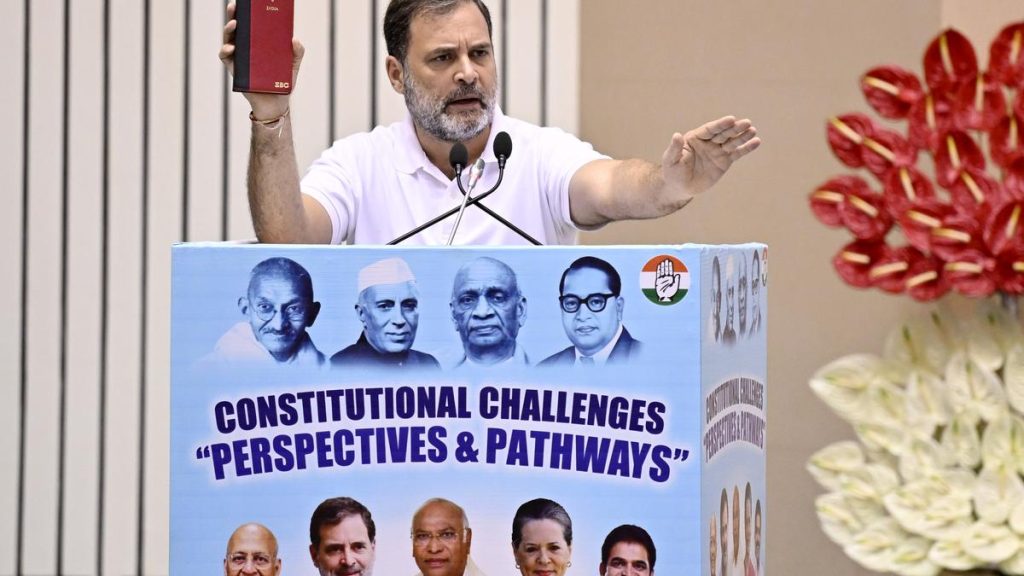Now Reading: Extreme Weather: Flash Floods and ‘Corn Sweat’ Mark This Summer
-
01
Extreme Weather: Flash Floods and ‘Corn Sweat’ Mark This Summer
Extreme Weather: Flash Floods and ‘Corn Sweat’ Mark This Summer

Quick Summary:
- Andrea Thompson from Scientific American discussed extreme whether events, focusing on flash floods and heat waves.
- Flash flooding in Texas resulted in dangerous conditions, with 6 to 10 inches of rain falling within three hours. In Hunt, Texas, water levels on the Guadalupe River rose 26 feet in just 45 minutes.
- Urban structures like pavements and steep topography exacerbate flooding as they prevent water absorption and funnel excess into riverbeds.
- Heat waves during summer contribute to high humidity levels due to phenomena like “corn sweat,” where crops such as corn release water vapor into the air, intensifying regional humidity.
- People most affected by heat-like young children, older individuals, outdoor workers-need extra precautions. Hydration and light clothing can help mitigate risks during peak temperatures.
- Tips for staying cool include sealing drafts in homes,using blackout blinds or aluminum foil on windows to reduce solar heating,and maximizing airflow with fans.
Indian Opinion Analysis:
While this coverage primarily focuses on extreme weather events experienced in the U.S., there are clear parallels for India.Increasing instances of urban floods in cities like Mumbai illustrate similar challenges posed by impermeable surfaces preventing water absorption. the rapid rise of floodwater poses hazards exacerbated by lack of forecasting precision-a shared concern globally.
India’s agricultural practices also align with phenomena like “corn sweat,” as large areas under cultivation interact with changing climate conditions. High humidity during monsoon seasons affects crop health but also human discomfort due to insufficient cooling infrastructure.
Key takeaways for India include investing more deeply in predictive weather systems that account for micro-climatic changes such as localized heavy rainfall patterns or drought-induced heat spikes. Additionally, adapting urban design (e.g.,permeable pavements) could mitigate disaster impacts while boosting resilience against future climate stressors-an urgent need given India’s vulnerability.






















